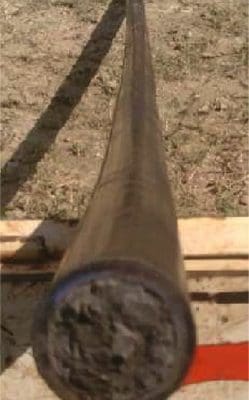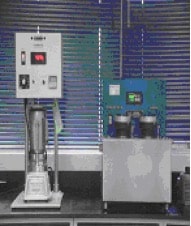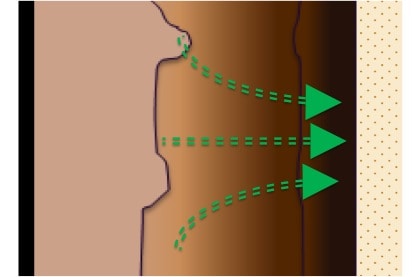In 2016, I launched Better Cementing for All. Since then, it has been visited by many thousands – and probably by hundreds of oil well cementers. Now, I want to keep it alive. For more than 24 years, I have worked in oil well cementing, offering my services to some of the largest oil corporations […]
Workover Cementing Techniques. (3) Plug Cementing
Continuing with this series of posts covering some of the cementing techniques applicable in workover operations, I want to talk further about plug cementing. In previous posts, I have covered extensively plug cementing. This time I am providing information regarding laboratory testing and some considerations when cement plugs are intended for well abandonment. Cement Slurry […]
Mixing Energy or Shear Rate? The effect on Cement Slurry?
Back in 2016, I posted an article on laboratory testing for cement slurries. In this article, I briefly referred to the changes in the preparation of the slurry in the laboratory, to account for the additional mixing energy typical in small slurry volume jobs using a batch-mixer. (Like in coiled tubing/CT operations). A typical use […]
Cement Slurry Mix Design Decision Tree
The optimal cement slurry mix design principle There is one principle that I have learnt to always keep in mind when talking about designing a cement mix slurry. This principle is easy to remember: ‘the simpler, the better.’ In this context, this means using the lowest amount of additives as is reasonable, and using them […]
A talk about API Fluid Loss
What FL is required and how it can be optimized? Conceptually, API fluid loss (FL) control is required every time there is a permeable formation. This creates a risk (A: can we quantify this risk?) of liquid phase filtration of the of the cement slurry. That, in consequence, creates a risk (B: can we quantify this […]
Cement Slurry Laboratory Testing
Recommendations WARNING: No cement slurry should ever be pumped without a laboratory test using the actual materials that will get mixed on the job. (Cement, additives and field water). Perform compatibility tests between the cementing fluids and wellbore. Drilling or control fluids, formation fluids and any other fluid potentially in contact with the cement slurry. a) Thickening Time […]






Recent Comments